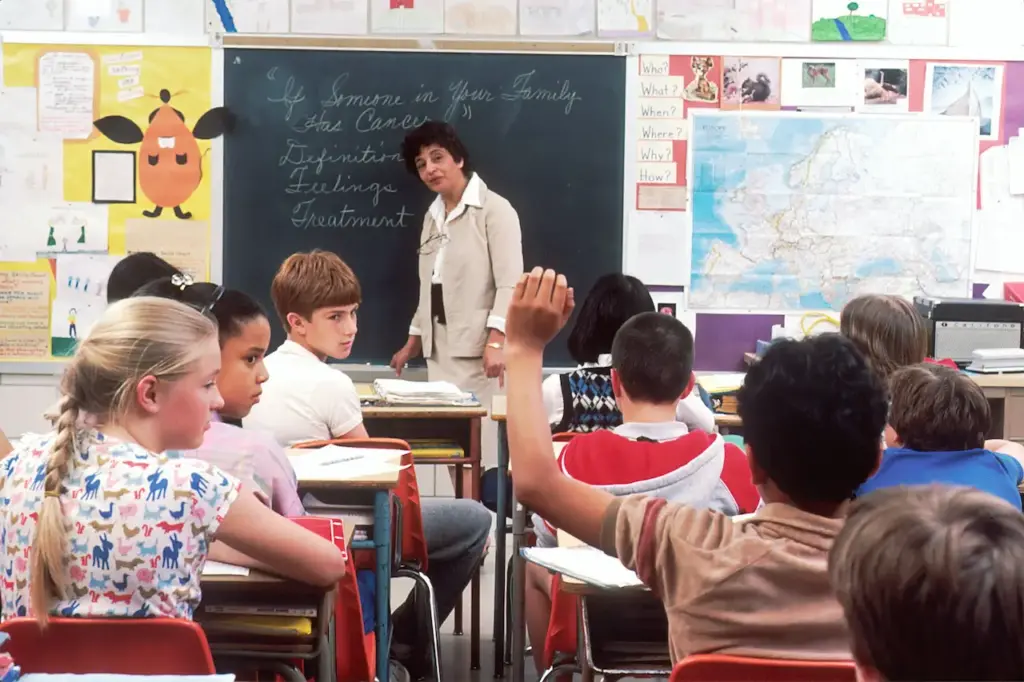Strategies to Engage Students in Learning. The traditional lecture format is no longer cutting it when it comes to engaging today’s digitally-immersed students. As attention spans shrink and information becomes readily available online, teachers must use new strategies for sparking curiosity and bringing learning to life. Keep reading to explore five strategies that help in engaging learners.
1. Problem-Based Learning
With problem-based learning, the instructor presents pupils with an authentic, real-world problem at the start. They learn by trying things, making mistakes, and working together to find answers. The instructor guides them along as they learn.
Real-world problems make learning relevant and exciting. Students see the value and application of what they’re studying. This approach helps students develop skills like problem-solving, teamwork, communication, and critical thinking, which give them an edge when they try to get into programs at prestigious institutions like American International College.

2. Google Jockeying
During class, have learners search for additional information on the current topic. It provides an active task to work on during class beyond just listening. They can add what they find to a group page on Google Docs that everyone can edit. It creates a lasting resource for the whole class to reference moving forward. Instructors can also make pupils work together in small teams. The competition between groups to produce the best page can spark engagement through a gamified element.
3. Flipping the Classroom
Flipping the classroom is an effective teaching method that switches around the traditional classroom and homework activities. Children learn new concepts outside of class by reviewing instructional videos at home.
Class time is then used for active learning exercises like discussions, projects, and problem-solving, during which the teacher is present to provide guidance and feedback. This allows learners to work at their own pace. It also gives teachers more one-on-one time with individuals in class to address challenges, answer questions, and tailor their lessons to individual learning styles.
4. Think-Pair-Share
This strategy involves asking questions to check understanding of a concept. Initially, pupils will think individually about the answer and decide on a response privately using clickers or writing it down (think).
They will then pair up to discuss their answers and reasoning with a partner (pair). After discussing as pairs, the class will come back together, and children will have an opportunity to revisit their original answers if they are convinced differently by their partners. In the end, students share their final thoughts with the class (share).
5. Bounce Card Strategy
With the Bounce Card strategy, the instructor gives each student a card containing discussion prompts or questions. These cards can be used for any topic by having generic prompts listed. Examples may include “restate what your partner said in your own words” or “expand on your partner’s point by saying why you agree.”
The prompts are designed to improve listening skills and encourage deeper conversations between learners. Rather than simply answering, they must engage their partner more by paraphrasing, following up on ideas, or providing examples to support a point.
6. Use Introductory Hooks
You can engage the students from the very beginning of the lesson by using introductory hooks.
Some examples of introductory hooks include telling a brief anecdote relevant to the lesson, sharing a short personal story connected to the topic, presenting an interesting fact from history, posing a quick brain teaser for students to solve, or showing a short video. Just keep the introduction short and smoothly transition to the main lecture.
7. Minimize Downtime
It can be difficult for a single teacher to keep all students actively engaged throughout an entire lesson; small breaks can occur and break the flow of classroom activities. For instance, when the teacher is occupied grading work or preparing new materials, or if technology takes time to load, students may grow idle and disengaged.
Teachers need to plan short, simple supplemental activities to fill gaps and maintain attention. Effective strategies include pairing students to discuss a given topic. Or asking them to jot down reflections on what they’ve learned so far.
8. IQ Cards
In the IQ cards strategy, teachers ask students to write an insight (I) on the side of the card. Insight is something new they learned. On the other side, students write a question (Q) regarding the insight. After collecting the cards, the teacher can discuss the queries with the class.
Bringing the class period to a close with this activity reinforces the material through discussion and provides feedback on whether learners grasped the key concepts.
Endnote
In the end, using interactive teaching methods helps students gain essential abilities as they take the lead in their learning. The classroom becomes a more dynamic place where gaining knowledge is an energizing task rather than a chore. It does mean teachers have to put in extra planning, but if instructors can ignite curiosity, it benefits students both in school and beyond.